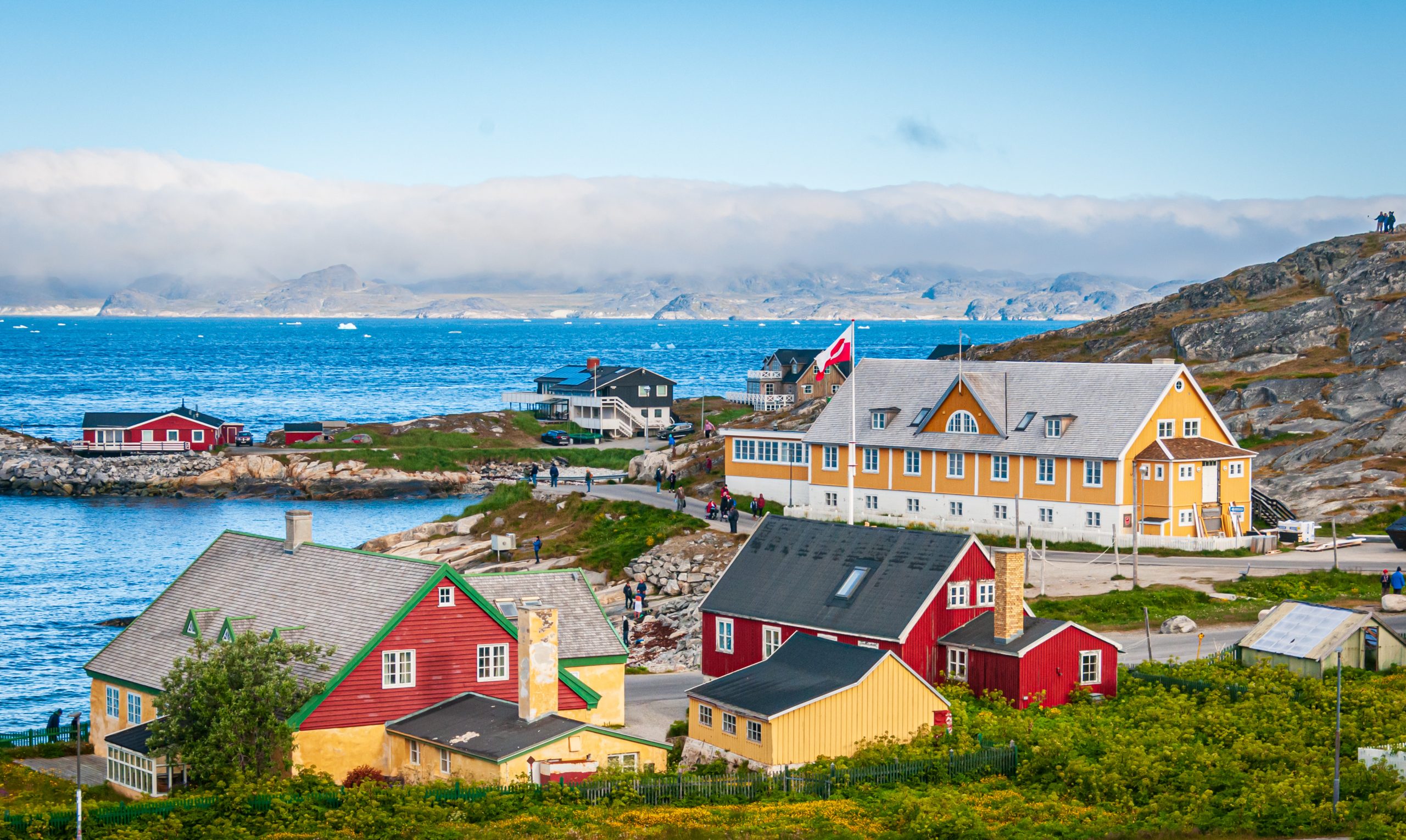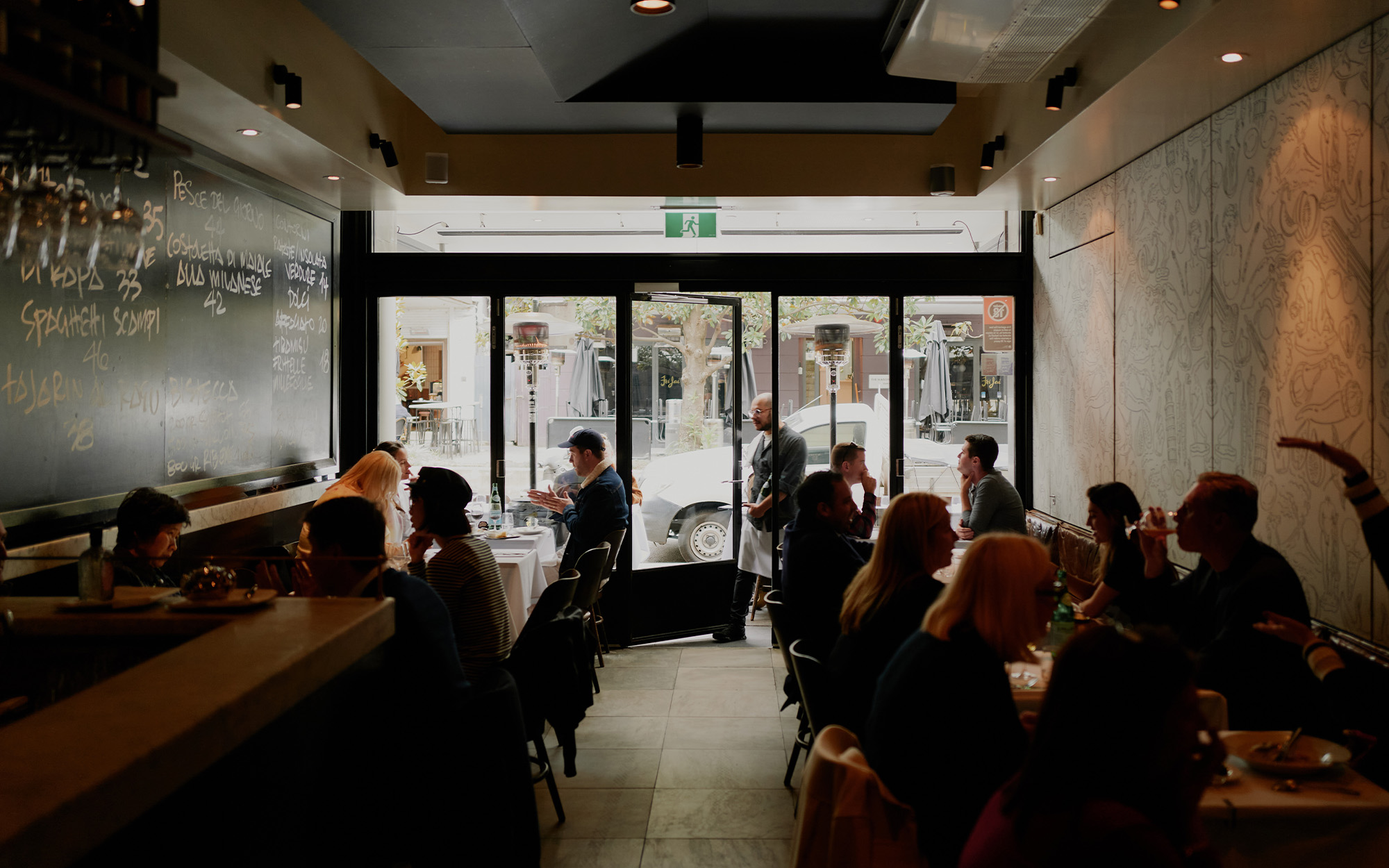Why It’s Easier Than You Think to Score a Coveted Table When Visiting Paris for the Olympics
Savvy travellers who plan their trips around dining at their destination’s most in-demand restaurants know that securing a reservation at a top Paris eatery isn’t an easy proposition on any given day.
Come the Olympics in July, when the city is flooded with tourists, one would expect the jockey sport to snag a table to be that much more intense. But that’s not necessarily shaping up to be the case. As of mid-May, Parisian insiders such as hotel managers, restaurant owners, and local luxury concierges reported that inquiries at sought-after spots were no higher than usual, foretelling a potential opportunity for visitors looking for a fine-dining experience during the games.
The time to book falls over the next few weeks given that many top spots don’t take reservations until one month before the dining date.
The Michelin-starred Jean Imbert Au Plaza Athenee and Le Relais Plaza, both at Hotel Plaza Athenee and helmed by the renowned French chef Jean Imbert, are two examples.
Francois Delahaye, the COO of the Dorchester Collection, a hospitality company that includes the Plaza Athenee and a second Paris property, Le Meurice, says that his regular guests who are visiting for the games and Parisians who frequent the restaurants know not to call too far in advance of when they want to dine.
Further, he doesn’t foresee reservations being a challenge at either venue or at Le Meurice’s two-Michelin-starred Restaurant Le Meurice Alain Ducasse.
“Booking for the restaurants won’t be an issue because people are planning meals at the last minute,” Delahaye says. “Also, the people who are in Paris specifically for the Olympics are here for the games, not to eat at restaurants. They’re not the big-spending clientele that we usually get.”
Delahaye doesn’t expect the kinds of peak crowds that descend on fine dining during Fashion Week each spring and autumn, for example, when trying to land a seat at the three eateries is nearly impossible. “People are fighting to get in,” he says. “You need to book through your hotel’s concierge, have an inside source, or be a hotel or restaurant regular.”
Several Paris luxury concierge companies echoed Delahaye’s perspective
Manuel de Croutte, the founder of Exclusive & Private, says that Paris regulars probably aren’t planning a trip when the Olympics transpire—from July 26 to Aug. 11—because they want to avoid the tourist rush. “We’ve gotten some reservation requests from people who’ve heard about us but not nearly as many as we usually get when the very wealthy travellers are here,” he says.
During peak periods like the French Open or Fashion Week, de Croutte says that his job entails making bookings for travellers who don’t have any other way to get into buzzy or Michelin-starred establishments.
“You’re unlikely to get a table at a see-and-be-seen place without knowing someone,” de Croutte says. “No one picks up the phone or answers email.” He says his team has established relationships with managers and owners of many of the hot spots in Paris and often visits them in person to land tables.
Exclusive & Private’s Black Book of Paris restaurant recommendations for Olympic visitors span a broad range, from casual bistros to fine-dining.
Michelin eateries include the three-star Le Gabriel at La Reserve, the two-star Le Clarence near the Champs-Elysee, and the two-star Le Taillevent.
Spots without a Michelin star but equally notable are also on de Croutte’s list: L’ Ami Jean offers traditional and flavourful southwestern French cuisine, Allard is a brasserie from Alain Ducasse, and Laurent serves French food to a fashionable set.
“My favourite neighbourhood for restaurants is Saint Germain de Pres,” de Croutte says. “You’ll find unassuming but chic names with excellent food and a great vibe. You can book with these places directly if you’re here for the Olympics, but don’t wait until the last minute because they will get filled.”
He also cautions that some Paris eateries are asking for nonrefundable prepayments for reservations during the Olympics.
“Be sure you want to go before committing and ask about the refund policy if you are charged,” he says.
Stephanie Boutet-Fajol, the founder of Sacrebleu Paris, says her bespoke travel company charges a lump sum of about US$750 to make all the restaurant bookings for the Olympic period, though the price varies depending on the dates and the number of restaurants that a client requests. “Reservations around the closing ceremony are harder to come by because that’s when more elite travellers are coming to Paris and want the chic restaurants that are always difficult to get a table at,” she says.
Meanwhile, chefs at some Michelin-starred restaurants share that they have tables available during the Olympics and welcome travelers to their establishments.
Thibaut Spiwack, for one, behind the Michelin-starred Anona, serving modern French cuisine, and the culinary consultant for the popular Netflix series Emily in Paris , says that he is open for reservations.
“My team and I look forward to sharing a culinary experience with new clientele that I hope will remain in their memory,” he says.
Spiwack suggests that travellers check out other worthwhile restaurants where he himself dines. For terrific wine, there’s Lava, and for Italian, he likes Epoca where the pastas are “divine.” Janine is the best bistro in town, and Prima wins for a pizza fix, he says.
“You have a lot of restaurants in Paris to pick from,” Spiwack says. “You just need to determine where you want to go, and book as soon as you can.”
 Copyright 2020, Dow Jones & Company, Inc. All Rights Reserved Worldwide. LEARN MORE
Copyright 2020, Dow Jones & Company, Inc. All Rights Reserved Worldwide. LEARN MORE
This stylish family home combines a classic palette and finishes with a flexible floorplan
Just 55 minutes from Sydney, make this your creative getaway located in the majestic Hawkesbury region.
The remote northern island wants more visitors: ‘It’s the rumbling before the herd is coming,’ one hotel manager says
As European hot spots become overcrowded , travellers are digging deeper to find those less-populated but still brag-worthy locations. Greenland, moving up the list, is bracing for its new popularity.
Aria Varasteh has been to 69 countries, including almost all of Europe. He now wants to visit more remote places and avoid spots swarmed by tourists—starting with Greenland.
“I want a taste of something different,” said the 34-year-old founder of a consulting firm serving clients in the Washington, D.C., area.
He originally planned to go to Nuuk, the island’s capital, this fall via out-of-the-way connections, given there wasn’t a nonstop flight from the U.S. But this month United Airlines announced a nonstop, four-hour flight from Newark Liberty International Airport in New Jersey to Nuuk. The route, beginning next summer, is a first for a U.S. airline, according to Greenland tourism officials.
It marks a significant milestone in the territory’s push for more international visitors. Airlines ran flights with a combined 55,000 seats to Greenland from April to August of this year, says Jens Lauridsen, chief executive officer of Greenland Airports. That figure will nearly double next year in the same period, he says, to about 105,000 seats.
The possible coming surge of travellers also presents a challenge for a vast island of 56,000 people as nearby destinations from Iceland to Spain grapple with the consequences of over tourism.
Greenlandic officials say they have watched closely and made deliberate efforts to slowly scale up their plans for visitors. An investment north of $700 million will yield three new airports, the first of which will open next month in Nuuk.
“It’s the rumbling before the herd is coming,” says Mads Mitchell, general manager of Hotel Nordbo, a 67-room property in Nuuk. The owner of his property is considering adding 50 more rooms to meet demand in the coming years.
Mitchell has recently met with travel agents from Brooklyn, N.Y., South Korea and China. He says he welcomes new tourists, but fears tourism will grow too quickly.
“Like in Barcelona, you get tired of tourists, because it’s too much and it pushes out the locals, that is my concern,” he says. “So it’s finding this balance of like showing the love for Greenland and showing the amazing possibilities, but not getting too much too fast.”
Greenland’s buildup
Greenland is an autonomous territory of Denmark more than three times the size of Texas. Tourists travel by boat or small aircraft when venturing to different regions—virtually no roads connect towns or settlements.
Greenland decided to invest in airport infrastructure in 2018 as part of an effort to expand tourism and its role in the economy, which is largely dependent on fishing and subsidies from Denmark. In the coming years, airports in Ilulissat and Qaqortoq, areas known for their scenic fjords, will open.
One narrow-body flight, like what United plans, will generate $200,000 in spending, including hotels, tours and other purchases, Lauridsen says. He calls it a “very significant economic impact.”
In 2023, foreign tourism brought a total of over $270 million to Greenland’s economy, according to Visit Greenland, the tourism and marketing arm owned by the government. Expedition cruises visit the territory, as well as adventure tours.
United will fly twice weekly to Nuuk on its 737 MAX 8, which will seat 166 passengers, starting in June .
“We look for new destinations, we look for hot destinations and destinations, most importantly, we can make money in,” Andrew Nocella , United’s chief commercial officer, said in the company’s earnings call earlier in October.
On the runway
Greenland has looked to nearby Iceland to learn from its experiences with tourism, says Air Greenland Group CEO Jacob Nitter Sørensen. Tiny Iceland still has about seven times the population of its western neighbour.
Nuuk’s new airport will become the new trans-Atlantic hub for Air Greenland, the national carrier. It flies to 14 airports and 46 heliports across the territory.
“Of course, there are discussions about avoiding mass tourism. But right now, I think there is a natural limit in terms of the receiving capacity,” Nitter says.
Air Greenland doesn’t fly nonstop from the U.S. because there isn’t currently enough space to accommodate all travellers in hotels, Nitter says. Air Greenland is building a new hotel in Ilulissat to increase capacity when the airport opens.
Nuuk has just over 550 hotel rooms, according to government documents. A tourism analysis published by Visit Greenland predicts there could be a shortage in rooms beginning in 2027. Most U.S. visitors will stay four to 10 nights, according to traveler sentiment data from Visit Greenland.
As travel picks up, visitors should expect more changes. Officials expect to pass new legislation that would further regulate tourism in time for the 2025 season. Rules on zoning would give local communities the power to limit tourism when needed, says Naaja H. Nathanielsen, minister for business, trade, raw materials, justice and gender equality.
Areas in a so-called red zone would ban tour operators. In northern Greenland, traditional hunting takes place at certain times of year and requires silence, which doesn’t work with cruise ships coming in, Nathanielsen says.
Part of the proposal would require tour operators to be locally based to ensure they pay taxes in Greenland and so that tourists receive local knowledge of the culture. Nathanielsen also plans to introduce a proposal to govern cruise tourism to ensure more travelers stay and eat locally, rather than just walk around for a few hours and grab a cup of coffee, she says.
Public sentiment has remained in favour of tourism as visitor arrivals have increased, Nathanielsen says.
—Roshan Fernandez contributed to this article.
This stylish family home combines a classic palette and finishes with a flexible floorplan
Just 55 minutes from Sydney, make this your creative getaway located in the majestic Hawkesbury region.






















